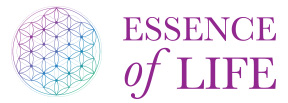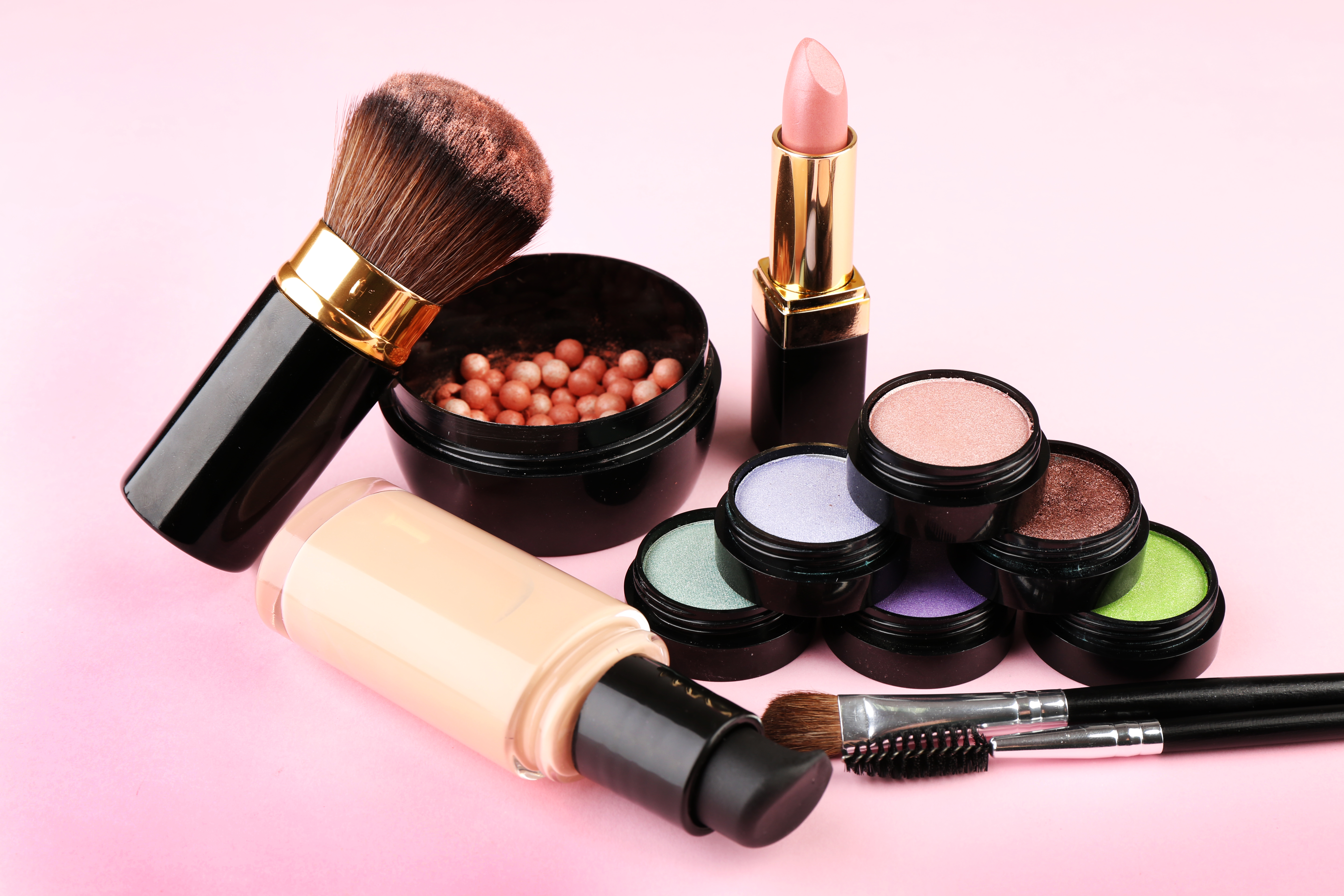Could your make-up and moisturizer be making you sick?
We are all becoming more increasingly aware of what we are putting into our bodies: from pesticides to trans fats, we know there are these dangers out there and cleaning up our health involves choosing healthier foods like organic fruits and veggies, and avoiding processed foods, excess sugar and salt.
But have you thought about what you are putting on your body? Did you know there are chemicals in many beloved cosmetics and skin care products that could actually cause cancer?
These harmful chemicals are lurking and we want to help you clean up your cosmetics and skin care routine to stay safe.
The David Suzuki Foundation shares a report on what they call the Dirty Dozen in cosmetics/skin care products. The following list of 12 ingredients could be considered unsafe and should be avoided. For more information on each product read this report, and then read your labels looking for such products as BHA and BHT, shown to create tumours in certain situations and, in high doses, to mimic estrogen!
Here are 11 other ingredients to avoid:
Coal tar dyes
Look for p-phenylenediamine and colours listed as CI followed by a 5-digit #.
DEA-related ingredients
Look for: diethanolamine, used to make products sudsy and found in may soaps, cleansers and shampoos.
Dibutyl phthalate
Aalso called DBP, used mainly in nail products as a way to keep polish from becoming brittle and as a solvent for dyes.
Formaldehyde-releasing preservatives
Look for: DMDM hydantoin, diazolidinyl urea, imidazolidinyl urea, methenamine, quaternium-15 and sodium hydroxymethylglycinate 37. These ingredients slowly release formaldehyde as a preservative.
Parabens
Look for: This product is widely used in cosmetics. As much as 75-90% of cosmetics contain
this ingredient. Look for anything with “paraben” in its name.
Parfum
Look for: fragrance. This usually signals a complex mix of several chemicals and can be found
even in products labelled “unscented.”
PEG compounds (polyethylene glycols)
Look for: These are petroleum-based compounds widely used as thickeners, solvents, softeners
and moisture-carriers.
Petrolatum
Look for: Also called mineral oil jelly, this is used to lock moisture into the skin.
Siloxanes
Look for: cyclotetrasiloxane, cyclopentasiloxane, cyclohexasiloxane, cyclomethicone. A silicone-based compound.
Sodium laureth sulfate
This product is used as a foaming and cleansing agent and is very common in
shampoos, shower gels and facial cleansers.
Triclosan
This product is used in many cosmetics, skin care products and antiperspirants as well as many household products. It is thought to be a hormone disruptor. Health Canada regulates an amount of 0.03 percent in products, but when so many products we come into contact with has this ingredient, it really adds up.
Not only can these ingredients harm your health, they have negative impacts on wildlife when the product finds its way into our water streams.
What can you do instead?
Look for chemical-free products and always review the ingredients list looking for the top 12 offenders. Try natural alternatives – organic coconut oil makes a great body moisturizer, or try sweet almond oil to keep your facial skin soft at night. You can find some great natural soaps at your local farmer’s market, or health food store, or a castile soap can be found at many drug stores.
Reduce your reliance on make-up by practicing good nutrition, exercising, staying hydrated and getting plenty of sleep at night.
Reduce your exposure to chemicals bad for you, and bad for the environment by diligently avoiding products that use harmful ingredients. If we all get together and show our concern through the power of the dollar, the companies will listen and choose good quality, clean products instead.




